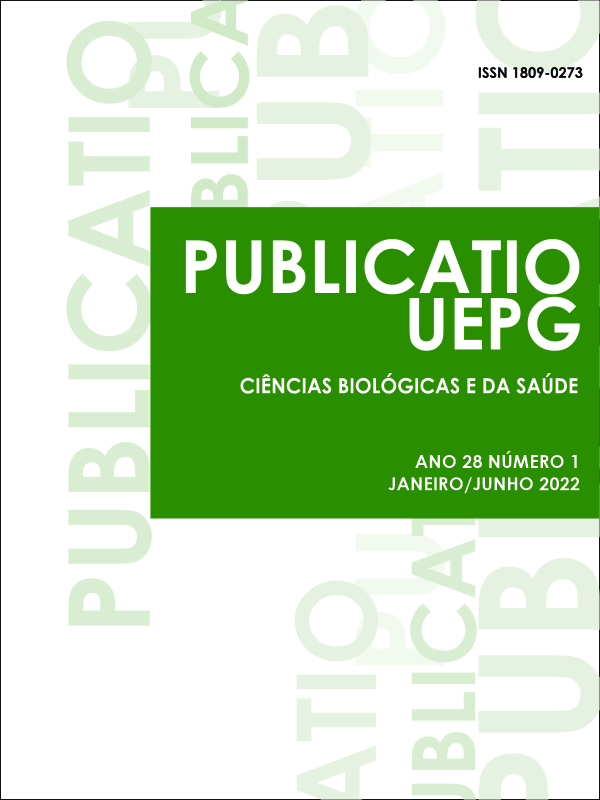A RADIAÇÃO IONIZANTE COMO TECNOLOGIA PARA A INATIVAÇÃO DE VÍRUS
Resumo
Encontrar meios acessíveis e eficientes para inativação de patógenos, e, assim diminuir as consequências maléficas destes para a população, é uma questão que desafia os gestores públicos e a comunidade científica. Diante disso, nosso objetivo foi realizar uma revisão narrativa sobre o histórico do uso da radiação ionizante como tecnologia para inativação viral. Para isso, foram utilizados artigos disponíveis no Google Acadêmico, Scielo, PubMed e Periódicos da CAPES totalizando 35 artigos entre os anos de 1971 e 2022. A radiação ionizante é um método físico que destrói os ácidos nucleicos e inibi a replicação viral, mantendo sua imunogenicidade, sem requerer todas as etapas necessárias para desintoxicar as culturas provenientes de processos químicos, o que facilita o manuseio de antígenos em laboratório de segurança nível 2. Observamos que doses distintas para cada vírus dependente de condições relacionadas ao preparo da amostra, temperatura, umidade, falta de oxigênio, taxa da dose e penetração (estado físico do material); e também ao próprio vírus, como por exemplo o tamanho genômico. A radiorresistência presente nos vírus e esporos bacterianos também foi um fator relevante observado na literatura quanto a esterilização de materiais hospitalares por afetar algumas estruturas poliméricas do polipropileno em máscaras descartáveis, cuja a solução adotada foi a utilização da radiação não ionizante dependente do tempo, a ultra-violeta (UV – C). Portanto, apesar de ser um método mais custoso, a praticidade do processo que é continuo, sem residual e a segurança promovida pela não lisura da embalagem, permite a competitividade da radiação ionizante frente aos métodos existes tanto na esterilização de insumos quanto para produção de vacinas através da inativação viral.
Downloads
Downloads
Publicado
Edição
Seção
Licença

Este obra está licenciado com uma Licença Creative Commons Atribuição 4.0 Internacional.
Esta licença permite que outros distribuam, remixem, adaptem e criem a partir do seu trabalho, mesmo para fins comerciais, desde que lhe atribuam o devido crédito pela criação original. Este posicionamento está de acordo com as recomendações de acesso aberto da Budapest Open Access Initiative (BOAI).


